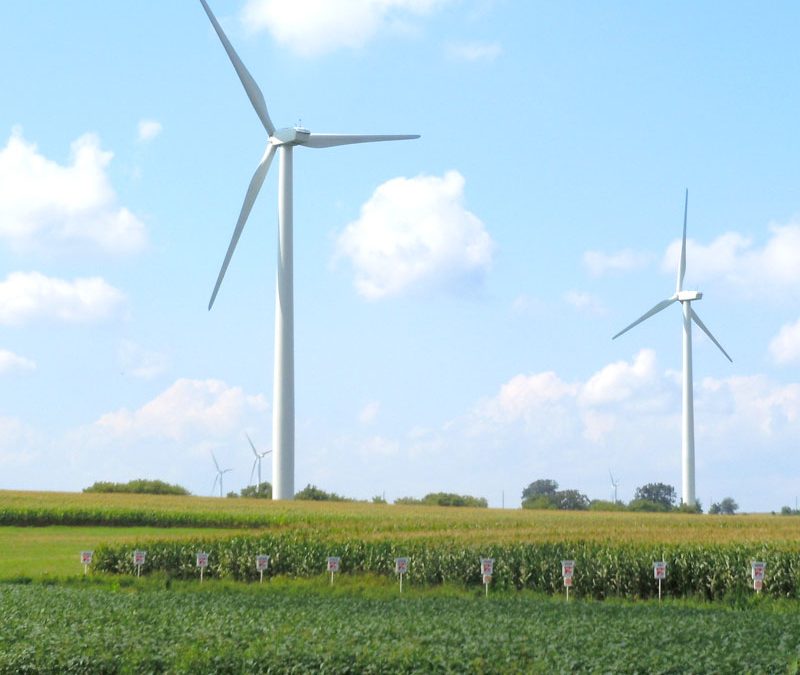
by Michael Vickerman | Jan 7, 2022 | Policy, Utilities, Utility Scale, Wind
A 28-turbine wind power project in Grant County will soon become a utility-owned source of clean electricity, thanks to a Public Service Commission of Wisconsin (PSCW) approval.
With this approval in hand, construction of the Red Barn Wind Energy Center should commence this spring and proceed quickly to completion before the year’s end. Once Red Barn’s 28 turbines begin generating power, Green Bay-based Wisconsin Public Service Corporation (WPS) and Madison Gas and Electric (MGE) will assume ownership of the project. WPS’s project share will be 90%, while MGE will own the remaining 10%.
With a generating capacity of 91.6 megawatts (MW), Red Barn is expected to produce approximately 300,000 megawatt-hours annually. That quantity of clean electricity will rival the annual output from Badger Hollow 1, a 150 MW solar farm located 10 miles east in neighboring Iowa County. WPS and MGE also co-own Badger Hollow 1, which began operating in December 2021.
“The evidence presented by both utilities and project supporters was powerful and unambiguous. Red Barn will be an economically attractive source of zero-fuel cost, zero-emission electricity that will produce savings for Wisconsin ratepayers and reduce power plant emissions, including greenhouse gases for years to come,” said RENEW Wisconsin Policy Director Michael Vickerman.
Red Barn’s original developer, Minnesota-based Project Resources Corporation (PRC), secured a conditional use permit from Grant County in July 2019. The siting permit granted to Red Barn was the first issued by a local government in this state since the Wind Siting Rule (PSC 128) took effect in 2012.
PRC subsequently sold the rights to develop Red Barn to ALLETE Clean Energy, another Minnesota-based energy company, which will build the wind farm before transferring it to WPS and MGE for an estimated $162 million.
Vickerman added: “RENEW commends Project Resources Corporation for blazing the trail here, working with willing landowners as well as accommodating neighbors and local officials to assemble and shepherd a wind power project from conception to siting approval, sparking no discernible opposition in the process.”
Red Barn will also be the first Wisconsin-based wind energy power plant to be added to the generation portfolio of any Wisconsin investor-owned utility since We Energies’ 162 MW Glacier Hills project started producing power in late 2011. Since then, only one utility-scale wind farm, the 99 MW Quilt Block project in Lafayette County, has come online. Quilt Block has been generating power for sale to Dairyland Power Cooperative since 2017.
Throughout Red Barn’s operating life, Grant County and the Towns of Wingville and Clifton will receive a combined $368,000 in utility local aids each year.
In 2020, wind projects located in Wisconsin accounted for 2.4% of the state’s electricity supply, according to the PSCW.
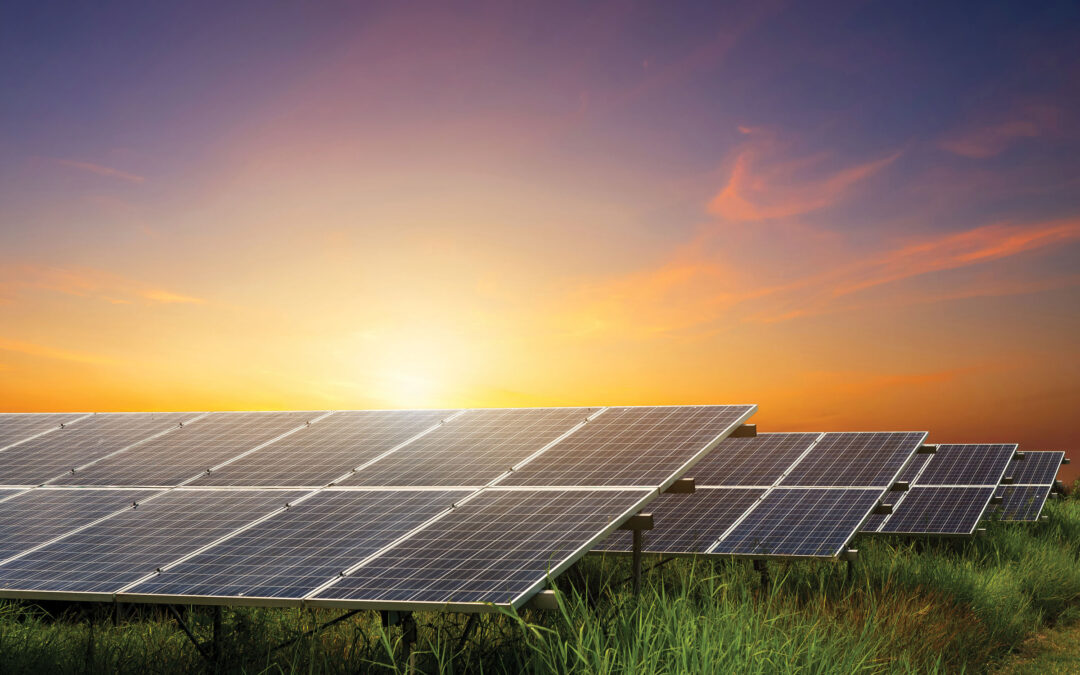
by Michael Vickerman | Jul 19, 2021 | Biogas, Policy, Programs, Renewables, Solar, Utilities, Wind
Wisconsin electric providers added significantly more renewable energy content to their electricity supplies in 2020 relative to 2019, according to a July 2021 report issued by the Public Service Commission. The annual report documents the amount of renewable electricity sold in Wisconsin and determines whether electric providers here comply with the State’s 15-year-old Renewable Portfolio Standard (RPS). This year’s report can be accessed from the PSC’s website at Docket No. 5-RF-2020.
Overall, RPS-eligible renewable energy (or renewable energy that supplies all utility customers) accounted for 12.98% of Wisconsin electricity sales in 2020, increasing more than two percentage points from the 10.71% level recorded in 2019.
This was the most significant advance since 2013 when the State’s electric providers achieved full compliance with the RPS statewide goal of 10% renewable electricity.
As shown in the chart below, the jump in Wisconsin’s renewable energy percentage resulted from a combination of increased renewable electricity supplies and a reduction in electricity sales caused primarily by the coronavirus pandemic.
In late 2020, Wisconsin utilities placed two significant renewable electricity sources in service: the Two Creeks solar farm near the Point Beach Nuclear Plant and the Kossuth wind power plant in north-central Iowa.
| Project |
Resource |
Capacity
(in MW) |
Location |
Utility owner(s) |
| Two Creeks |
Solar |
150 |
Manitowoc County (WI) |
WPS, MGE |
| Kossuth |
Wind |
150 |
Kossuth County (IA) |
Alliant-WPL |
More wind generation imported
Wind power now accounts for 71% of the renewable electricity sold in Wisconsin, and approximately 75% of Wisconsin’s wind generation originates from out of state. Overall, out-of-state sources produced 60% of Wisconsin’s RPS-eligible electricity in 2020.
While Wisconsin-based solar power is growing, it still represents a small sliver of the renewable energy pie. However, by the end of 2022, in-state solar generating capacity should surpass in-state wind capacity, as the ongoing utility effort to replace older fossil plants with new renewable generation shifts into high gear.
The pattern of adding in-state solar and out-of-state wind continues to unfold this year. Wisconsin utilities will have energized two solar farms by year’s end: the 150 MW Badger Hollow 1 project in Iowa County and the 100 MW Point Beach installation, adjoining Two Creeks. In January, a South Dakota wind farm called Tatanka Ridge began generating electricity. Dairyland Power Cooperative purchases electricity from a 51 MW share of that project.
Uneven distribution of renewable content
As shown in the table below, the distribution of RPS-eligible electricity varies widely from one electric provider to another. For example, Xcel Energy, whose territory covers much of Minnesota as well as western Wisconsin, has greatly expanded its renewable energy portfolio over the last three years, relying principally on wind power located west of the Mississippi River. As of today, one-third of Xcel’s electricity supply is renewably powered.
At the other end of the spectrum, the two WEC Energy utilities—Wisconsin Public Service (WPS) and Wisconsin Electric Power (We Energies)—remain stuck in the 5-7% range. That said, RENEW expects WPS’s renewable energy percentage to move higher in 2021, lifted by a full year of production from Two Creeks and five months of production from Badger Hollow 1.
The role of Wisconsin’s RPS – then and now
Today’s electric power industry is in a much different place than where it was in 2006 when the current RPS was adopted. Back then, renewable electricity was in its infancy, both in terms of cost and engineering performance. The purpose of an RPS, as conceived by clean energy advocates and sympathetic legislators, was to was kick-start utility deployment of renewable power sources, aimed at advancing several public policy objectives, among them resource diversity and cleaner air. Upwards of 10 wind power projects presently operating in Wisconsin and the region owe their existence to the RPS.
However, the RPS’s days as a mechanism for fueling new renewable power generation are long past. This year’s crop of solar farms and other renewable projects are the products of market forces and individual utility decarbonization plans, not the RPS. But it remains valuable as a publicly accessible information portal for tracking renewable power supplies flowing through the utilities’ bloodstream. Until the day the state legislature establishes a program for reducing carbon emissions economywide, complete with new metrics and indicators, we will continue to rely on these annual reports to find out how much progress Wisconsin electricity providers are making in their quest to decarbonize their power plants.
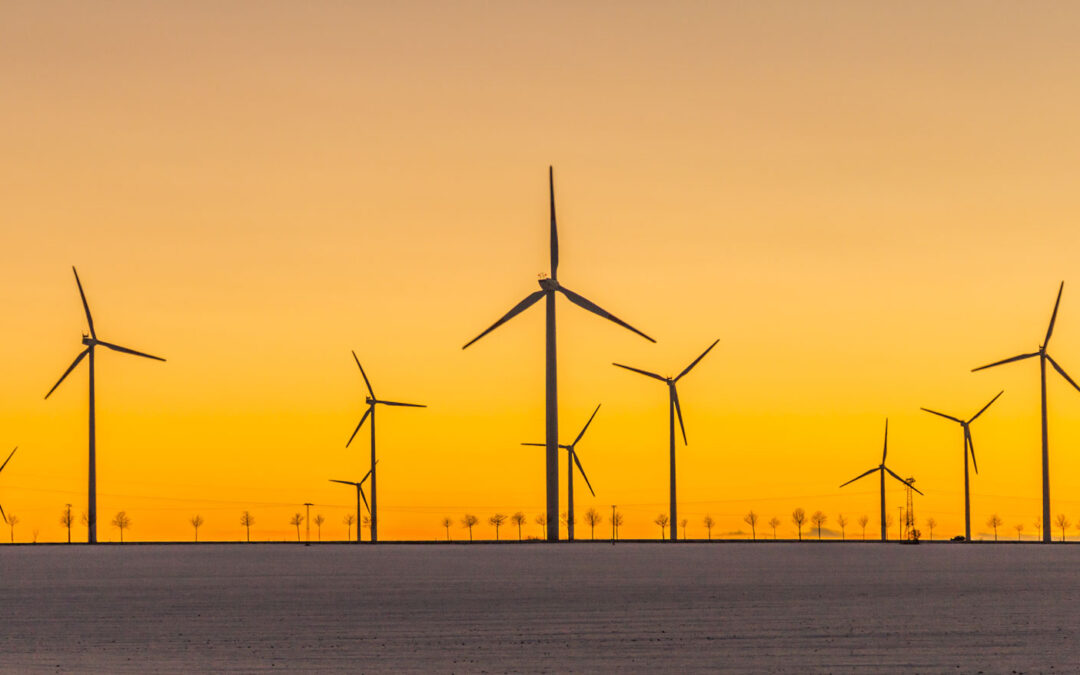
by Sam Dunaiski | Feb 25, 2021 | Renewables, Solar, Utilities, Wind
The unfolding situation in Texas remains dire. The grid operator, the Electric Reliability Council of Texas (ERCOT) first warned of rolling blackouts on Sunday, February 14, 2021. The blackouts and widespread power outages lasted for days in the Lone Star state amidst some of the harshest winter weather in years. Millions of people were left without power and dozens perished.
Now just ten days out from the onset of the crisis, water contamination and shortages (resulting from frozen and broken pipes) continue to threaten the health and welfare of Texas residents.
Immediately preceding the energy crisis, a powerful winter storm blanketed the southern Plains with freezing rain and snow, followed by record low temperatures. Frigid temperatures had a stranglehold on the central U.S. for two straight weeks, extending from Canada to Mexico. Many parts of Texas and the South rely on electricity as their primary source of heat, as opposed to gas, propane, or wood, which are more commonly used in the northern United States. The prolonged cold snap created a high demand for natural gas, for both heating and electricity generation around the region, triggering an upsurge in electricity consumption.
Everything that could go wrong, did go wrong
As demand skyrocketed, supply plummeted. Even before the winter weather moved in ERCOT had nearly 14 gigawatts (GW) of electric-generating capacity offline for maintenance. As other generating sources were shuttered, ERCOT was left with as much as 34 GWs of electric production offline. This periodically amounted to 30-42% of ERCOT’s total electric capacity.
Unfortunately, the outages gave rise to a disinformation campaign that attempted to implicate frozen wind turbines as the principal cause of the power outages. This narrative is patently false. While some wind turbines were frozen and unable to produce electricity, the cold and ice had a far more disruptive effect on thermal plants.
Operators at ERCOT and researchers identified the critical failure of natural gas to generate electricity and heat during the crisis. Nearly 50% of ERCOT’s natural gas generators were offline, either a result of frozen lines or diminished supplies as demand for the fuel soared.
Wind, natural gas, and other energy sources need to be weatherized
In fact, renewable energy generation facilities played a key role in keeping the lights on. According to ERCOT, wind power output exceeded forecasted generation numbers during the blackouts, even with the icing of turbines. At times, solar generation has also exceeded output. Wind turbines would have done better if they had used heating technology as Sweden does, to prevent icing and keep turbines generating power in extreme cold. Using heating carbon-fiber technology similar to aircraft, Swedish maintenance workers add a thin layer of material to the wings of the turbines that can be automatically heated can prevent ice before it forms.
The bottom line is that our electricity grid and all types of power generation are vulnerable to extreme weather events. We need to plan for these events and invest in grid resilience and weatherization to prevent disasters like this from repeating.
There is no single cause for the situation currently unfolding in Texas, and no silver bullet for preventing a repeat situation. A combination of record demand due to the prolonged cold temperatures, and generators not equipped to function in very cold temperatures are responsible for the rolling blackouts now plaguing the state.
Planning and preparing for extreme weather has to be part of the conversation
Renewables are reliable sources of energy from Texas to Antarctica. Even during extreme weather events, wind and solar can function when traditional energy sources have gone offline. More renewable energy sources, in more locations, will diversify our grid and make it less susceptible to the forces of nature and the market. Microgrids and energy storage are important tools to help shore up the reliability and safety of our grid.
Extreme weather events will continue to complicate our lives and strain our power grids over the foreseeable future. By incorporating more sources of renewable energy, we can reduce problems and increase reliability in our electric grid.
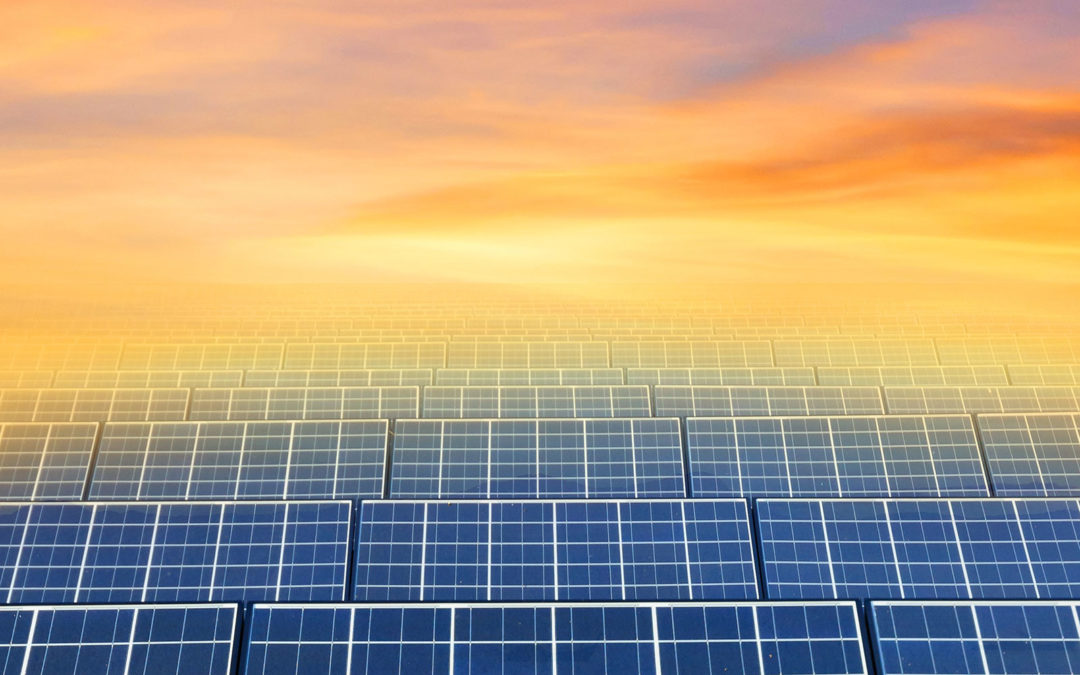
by Jim Boullion | Dec 28, 2020 | Energy Storage, Renewables, Solar, Wind
On Sunday December 27th, President Trump signed a $1.4 trillion omnibus spending bill that includes support for clean energy programs and the extension of two important renewable energy tax credits. The law provides support for the advancement of solar, wind, energy storage, research and development, and energy efficiency.
The renewable electricity Production Tax Credit (PTC) and the Investment Tax Credit (ITC) have been instrumental to advancing renewable energy in the United States and the extension included in the recent omnibus bill will help ensure clean energy’s continued growth. The tax credits for wind and solar, in particular, are expected to spur vital economic investment.
Catherine Morehouse of Utility Dive noted that the “legislation will extend the PTC and ITC for land-based wind for one year at 60% of the project’s full value … and give offshore wind projects for the first time a 30% ITC for projects that began construction starting January 1, 2017 through December 31, 2025.”
Abby Hopper, President and CEO of the Solar Energy Industry Association (SEIA), sent a summary of key solar and energy storage provisions to local SEIA Chapters like RENEW Wisconsin. Below are highlights from her report:
Federal Tax Bill 2020 – Key Solar And Storage Provisions
-
- Federal Tax Credits Extended: The solar investment tax credit (ITC) will remain at 26% for projects that begin construction in 2021 and 2022, step down to 22% in 2023, and down to 10% in 2024 for commercial projects while the residential credit ends completely. Companies beginning construction on projects in 2021 will still have a four-year period to place their projects in service to take advantage of the ITC, with the statutory deadline for projects placed in service reset to before January 1, 2026.
- Reduce Barriers to Solar Adoption: $35 million appropriation for the Department of Energy (DOE), directing the Solar Energy Technologies Office to “reduce market barriers…to the adoption of solar energy technologies,” including “the development of best practices, models, and voluntary streamlined processes for local siting and permitting of distributed solar energy systems to reduce costs.”
- Increase Funding for Solar Research: Boosts annual spending targets to $300 million per year through 2025 for DOE programs that improve solar PV energy efficiency and cost-effectiveness, increase manufacturing and recycling of solar panels, and fund programs to integrate solar power into the grid;
- Invest in Energy Storage Research: Directs $100 million per year through 2025 to a newly created Energy Storage System Research, Development, and Deployment Program at DOE, aimed at R&D to improve technologies ranging from distributed batteries and control systems for grid integration, long-duration storage technologies such as pumped hydro and compressed-air energy storage.
Learn more about the details of the new law at GreenTechMedia which provides deeper analysis of the solar and wind tax credit impacts.
RENEW Wisconsin is thrilled to see this package come together and get signed into law. This new investment in clean energy is welcome news for Wisconsin’s renewable energy workers and has the potential to drive economic activity and clean energy investment in the coming years.
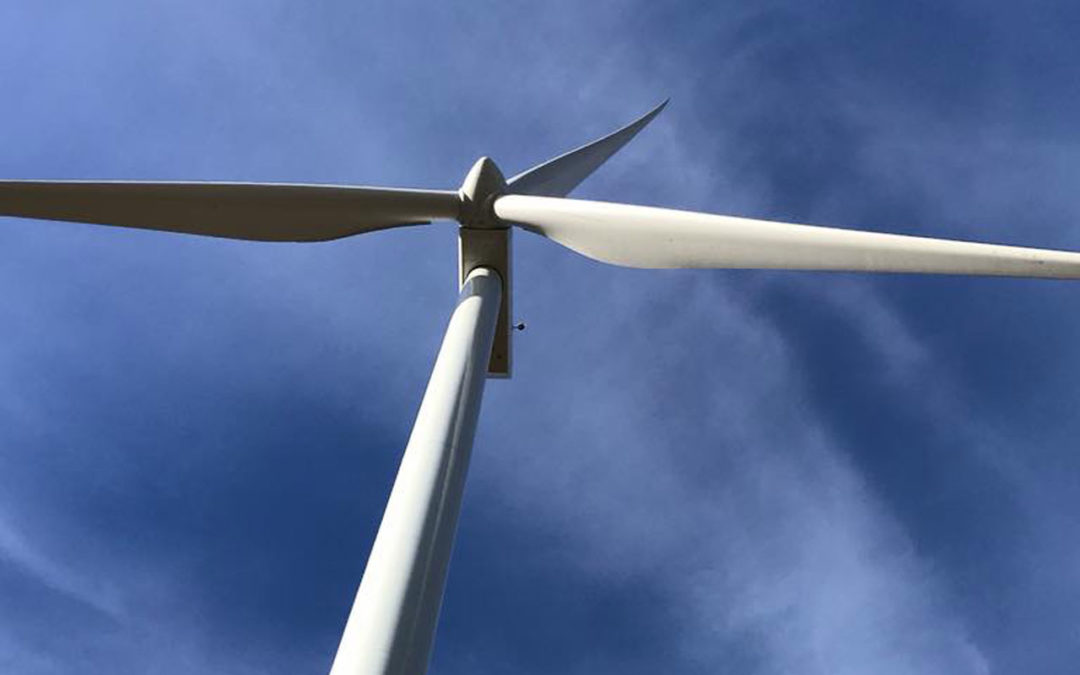
by Michael Vickerman | Jun 16, 2020 | Public Service Commission, Renewables, Utility Scale, Wind
In the first-ever test of the appeal process set forth in Wisconsin’s Wind Siting Rule (PSC 128), the Public Service Commission (PSC) reviewed and upheld Green County’s approval last fall of a 24-turbine, 65-megawatt (MW) wind project slated for development there. Following the county’s original decision, local wind farm opponents petitioned the PSC to invalidate the project’s permit, contending that the developer’s application was incomplete.
On June 11, the PSC denied the petition on a 3-0 vote, and in so doing removed the last remaining legal obstacle from the project’s path. As it stands today, the Sugar River wind farm is fully compliant with the standards set forth in the statewide rule relating to public health and safety, and may now proceed to construction.
Advanced by EDF Renewables, a nationally prominent renewable energy producer, Sugar River is capable of generating enough electricity to equal the consumption of 20,000 Wisconsin households. When operational, Sugar River will also yield about $260,000 in annual revenues, with nearly $152,000 going to Green County and more than $108,000 to the Town of Jefferson. Before ground can be broken, however, EDF will need to either sign a power purchase agreement with an off-taker or agree to sell the wind farm to an electric provider when construction is complete.
Sugar River was one of the first two wind energy proposals in 2019 to go through the local government review process specified in PSC 128. The other proposed wind farm, the 99 MW Red Barn project in Grant County, secured a conditional use permit in July 2019. No appeal of Grant County’s decision was filed. Like Sugar River, Red Barn is expecting to begin operation in the second half of 2021, assuming a partnership has been forged with an electric provider.
Sugar River provided the first significant test of PSC 128 after the rule narrowly survived a repeal vote during the 2011-2012 legislative session. The rule establishes a mechanism whereby a citizen group or a development company may challenge a local government decision on a proposed wind farm. Under this appeal process, the PSC’s role is to ascertain whether the local government adhered to all the standards and procedures in rendering a decision on a wind farm proposal.
In the case of Sugar River, the PSC agreed to take up the appeal filed by No Green County Wind in October 2019. Before rendering its decision, the PSC invited interested parties to submit comments on the matter. In its comments, RENEW expressed its support for the Sugar River project, as well as the regulatory framework that allowed the project to be given a fair hearing at every step of its permitting journey. The PSC plans to issue a written decision in July.
The approvals of Sugar River and Red Barn signal the end of a protracted lull in wind development activity lasting from 2011 to 2017. Between an adverse political environment and a glut of generating capacity, wind energy development stalled in Wisconsin. During the dry spell here, developers flocked to greener pastures in neighboring states. The door reopened slightly when Dairyland Power Cooperative agreed to purchase electricity generated from Quilt Block Wind Farm, which started operating in November 2017.
Though local opposition to wind development remains very much alive today, the experience with Sugar River attests to the strength and durability of Wisconsin’s Wind Siting Rule, which foretokens brighter days for the wind power industry here.
To learn more about the Sugar River Wind Farm, visit these previous blog posts.
PSC affirms local approval of Sugar River Wind Farm
Local Residents Discuss Wind Energy in Wisconsin
A Scientific Look into Wind Power and Human Health
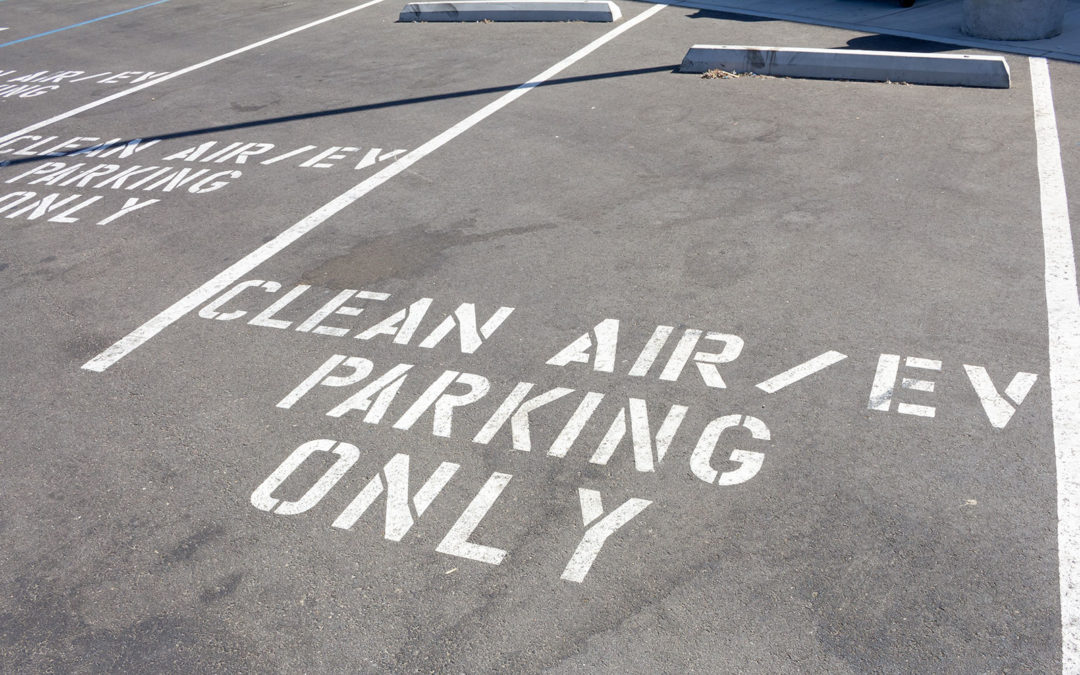
by Lauren Reeg | May 15, 2020 | Community, Electric Vehicles, Jobs, Renewables, Solar, Wind
Imagine a Wisconsin where everyone drives electric vehicles. Additionally, these cars are all powered by clean energy, like solar and wind. Besides quieter travel and different fueling stations, this vision, if realized, would yield significant economic and health benefits for individuals and communities.
With 100% electric vehicle adoption, $6 billion could stay in local economies, and residents could collectively save $3 billion on fuel.
Those are big numbers! Do Wisconsin businesses and residents really spend that much on fuel? Yes! We spent more than $6 billion on motor gasoline in 2017. A clean powered electric vehicle (EV) fleet would allow us to keep $6 billion in the state economy!
Individuals could also save a lot of money. Right now, Wisconsin electricity prices range from 10¢/kWh to 14¢/kWh. Assuming current EV fuel efficiency at .32 kWh/mile Wisconsin residents could save up to $3 billion by fueling electric vehicles with clean power each year. EV owners can also eliminate oil changes from monthly budgets.

This analysis only looks at passenger vehicle travel. If other forms of non-passenger transportation are included, like trucks and aviation, expenditures on petroleum products in Wisconsin rise to a total of $8.4 billion. Non-passenger travel technologies are still in development, but as they progress Wisconsin will have the opportunity to keep even more money in the state.
100% electric vehicle adoption would result in over $2 billion of avoided health and social impacts.
Conventional internal combustion vehicles emit toxic pollutants like nitrous oxides (NOx), particulate matter (PM), and carbon dioxide (CO2). Non-renewable power plants, like coal and natural gas, emit those same chemicals and more. These pollutants have huge negative impacts on our health like increases in childhood diseases, asthma rates and early mortality rates, which lead to huge economic burdens, as well. If Wisconsin residents employed a 100% renewable energy powered EV fleet, we could save more than $2 billion.
The impact of clean-powered EV adoption on health and the environment is substantial, because pollutants are expensive in both the long and short term. The net loss in agricultural productivity, negative human health impacts, property damages from increased flood risk, and the lost value of ecosystem services from carbon emissions is estimated at $42/ton. Passenger vehicles emit on average 4.6 tons of CO2 per year. With more than 6 million registered passenger vehicles in Wisconsin, that’s a price of over $1.1 billion per year. Additionally, particulate matter and nitrous oxides are even more costly at $380,000/ton and $7,800/ton respectively.
By saving billions in avoided health and social costs, Wisconsin can direct more investments to areas like roads, schools, police and fire protection. Every dollar we save in fuel expenditures and avoided pollution impacts can enrich the lives of Wisconsin residents.
To accommodate 100% clean-power EV use, Wisconsin would need to develop 21 million megawatts-hours (MWh) of new renewable energy .
Wisconsin currently consumes about 70 million MWh of electricity per year. To power this future electric vehicle fleet, Wisconsin would need an additional 21 million MWh, which would increase electricity generation needs by about 30%.

To help illustrate this amount of renewable energy, let’s assume that solar power will supply one-half of the additional 21 million MWh of electricity and wind power would also supply one-half of this amount. Assuming that each new renewable power plant would average 100 MW, we would need to add 52 solar farms and 35 wind farms.
Renewable energy is already one of the fastest growing job categories in the country. Currently, 76,000 Wisconsinites are employed by the renewable energy industry. Wind and solar projects employ research engineers, manufacturers, scientists, construction workers, real estate brokers, and so much more. Studies show that wind projects can create at least 2 jobs/MW per year in construction and manufacturing jobs and up to 1 job/MW in operation and maintenance jobs. The solar industry can create up to 8 jobs/MW per year for construction and manufacturing jobs with up to 2 jobs/MW in operation and maintenance. If Wisconsin employed the renewable energy mix detailed earlier, even a cautious job estimate would be over 250,000 jobs created!
The premise of 100% electric vehicle adoption powered by 100% clean energy highlights a real opportunity for Wisconsin, keeping $6 billion in our local economies and reaping $2 billion in saved social costs, while creating tens of thousands of jobs for Wisconsin residents.








